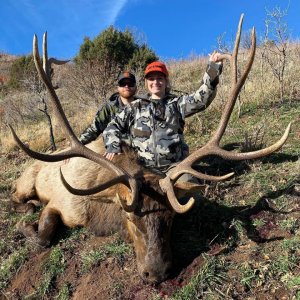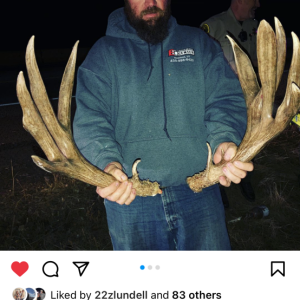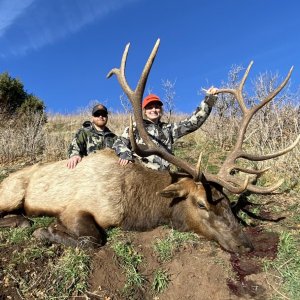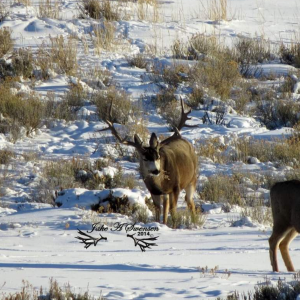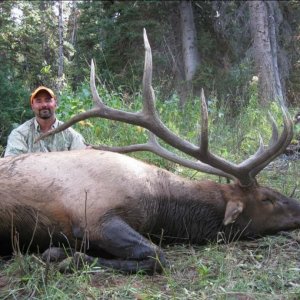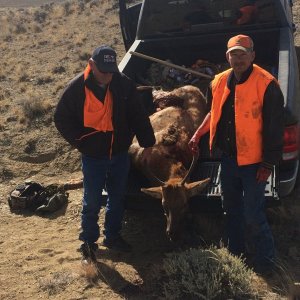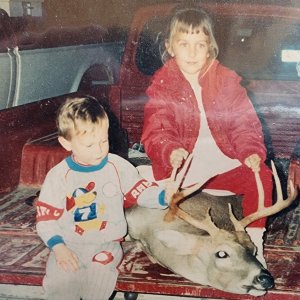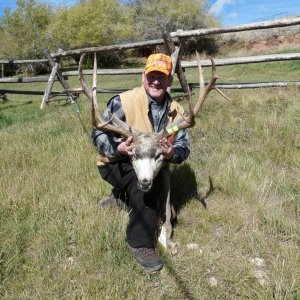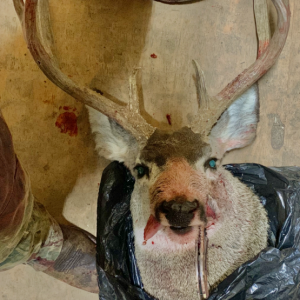This is an article that petty well answers your question and it was generally confined to whitetails:
EHD Killing Some Deer in Wyoming
Epizootic hemorrhagic disease, an insect-borne, infectious disease of some big game species is killing white-tailed deer in much of the Bighorn Basin.
Several dead white-tailed deer were found on the Yellowtail Wildlife Habitat Management Area and east of Lovell in mid-August. According to Wildlife Management Coordinator John Emmerich, of the Game and Fish Department's Cody office, blood samples were collected and sent to the State Veterinary Laboratory in Laramie where EHD was verified.
Since then, the disease has killed whitetails along Shell Creek, the lower Greybull and Nowood rivers, and most of the Bighorn River. He said that the disease has also affected white-tailed deer herds in Montana.
"Conditions have been ideal for an outbreak of the disease," says G&F veterinarian Walt Cook. He explains that during this warm summer, white-tailed deer have been concentrated around water sources in the lowland environment of the "no-see-um" gnats. The gnats spread the virus when biting the animals.
When first infected, the deer still appears healthy and normal. As the disease progresses, the animal begins to look weak and ill. The virus can cause spontaneous hemorrhaging in muscles and organs five to 10 days after infection. Lungs become fluid-filled, and the deer often foams at the mouth. Sores may develop on the animal's mouth and tongue. In many cases, death occurs soon after these symptoms occur.
Emmerich expects white-tailed deer mortalities to continue until several days after the Basin's first hard frost. Emmerich explains, "A hard frost will kill the gnats which carry the disease. Mortalities will continue for a while because deer infected prior to the frost may succumb to the virus."
Some deer populations in Wyoming have endured EHD outbreaks for generations. A related disease called "blue tongue" disease may infect antelope. Mule deer and bighorn sheep occasionally get these diseases, but are generally insulated from the infection because they rarely inhabit the gnats' environment.
With archery deer season underway, Cook assures hunters they do not have to worry about getting the disease from their deer. "There is no human health concern from the hemorrhagic diseases," he says. "Humans can't get it and neither can most other wildlife."
EHD was first recognized as a specific disease of white-tailed deer in the mid-1950s when die-offs occurred in New Jersey and Michigan. Scattered EHD mortalities have been reported this summer near Story and Bighorn, Wyoming, and near Sheridan along Wolf and Rapid creeks and the Tongue River.

